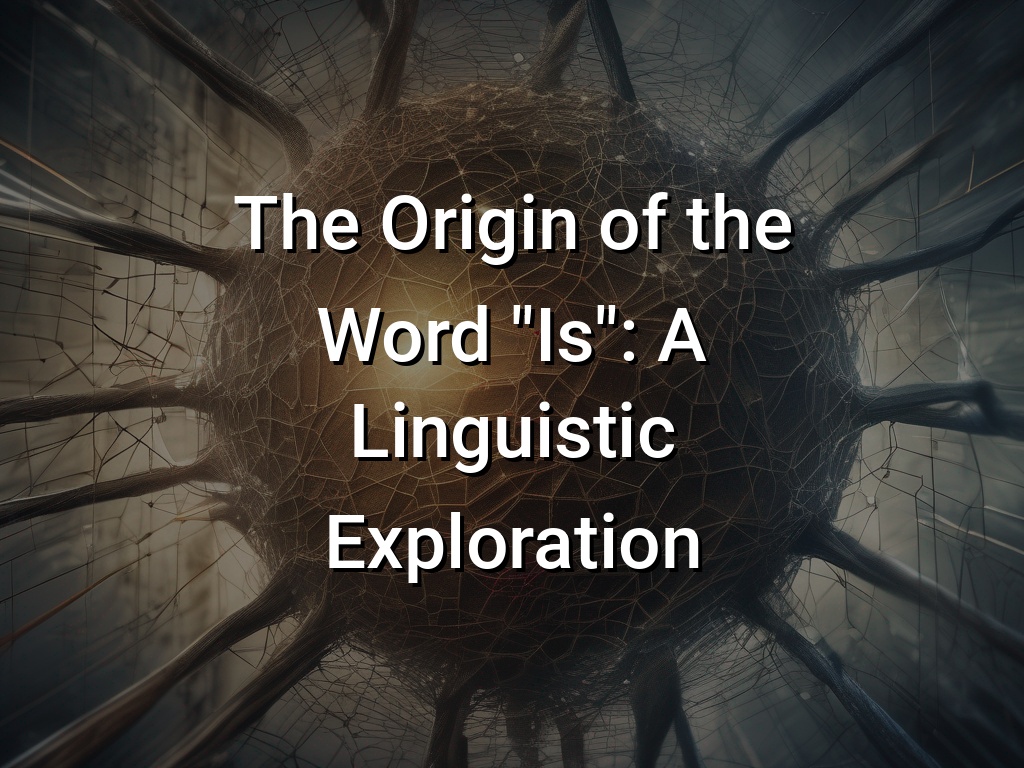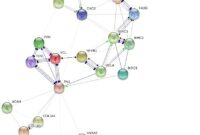Sroefofh uds toncauc presents a fascinating linguistic puzzle. This seemingly nonsensical phrase invites us to explore its potential meanings through phonetic analysis, grammatical structure examination, and contextual speculation. We will delve into various interpretations, considering possible origins and cultural influences, ultimately aiming to unravel the mystery hidden within this unique string of sounds.
The investigation will involve a multi-faceted approach, combining phonetic breakdowns with structural analyses to identify potential word boundaries, morphemes, and root words. We’ll explore diverse contexts in which this phrase might plausibly appear, analyzing how context shapes meaning. Visual representations will be employed to highlight the ambiguity and complexity inherent in the phrase, fostering a deeper understanding of its enigmatic nature.
Initial Exploration of “sroefofh uds toncauc”
The phrase “sroefofh uds toncauc” presents a unique challenge for interpretation, given its apparent lack of resemblance to any known language. This exploration will focus on phonetic analysis, potential interpretations based on sound similarities, and a visual representation to aid understanding. The goal is to systematically examine possible meanings, acknowledging the high degree of uncertainty inherent in analyzing a seemingly nonsensical string of letters.
Phonetic Breakdown and Interpretations
A phonetic breakdown involves considering the individual sounds represented by each letter combination. Let’s attempt a plausible pronunciation: “sroefofh” might sound something like “sroh-foe-foh,” while “uds toncauc” could be approximated as “uds ton-cawk.” The overall impression is a sequence of somewhat jarring, non-standard sounds.
Possible interpretations hinge on identifying potential roots or word fragments within the string. For instance, “uds” could be reminiscent of words containing “ud” or “us,” while “ton” is a relatively common word element. However, without a known language or context, these similarities remain speculative. The “cawk” sound at the end adds further ambiguity. The repetition of “fof” in the first part is noteworthy and could suggest an emphasis or a deliberate stylistic choice.
Visual Representation of Phonetic Relationships
Imagine a diagram with two circles, one for “sroefofh” and one for “uds toncauc.” Lines connect sounds that share phonetic similarities. For example, a line might connect the “o” sounds in both parts, highlighting potential shared phonetic elements. The diagram would illustrate the relative proximity and dissimilarity of the sounds within and between the two parts of the phrase. The absence of clear connections would visually represent the difficulty in establishing a coherent linguistic structure. The diagram would not be a conventional linguistic tree but rather a visual representation of perceived phonetic relationships based on sound similarity and subjective interpretation.
Comparative Analysis of Interpretations
| Interpretation | Phonetic Similarity | Possible Meaning | Likelihood |
|---|---|---|---|
| Random letter combination | None (inherently random) | No meaning | High |
| Code or cipher | Potential for patterned sounds | Encrypted message | Medium |
| Neologism (newly coined word) | Unique sound pattern | Created for specific purpose | Low |
| Name or proper noun | Arbitrary sound sequence | Personal or place name | Low |
Contextual Exploration
Given the seemingly random nature of the phrase “sroefofh uds toncauc,” its contextual exploration requires a speculative approach. We must consider various potential origins and interpretations, acknowledging the high probability that the phrase lacks a standard or widely recognized meaning. The lack of inherent meaning allows us to explore the impact of context on its interpretation.
The potential contexts for this phrase are numerous and varied. Its unusual structure suggests it might not belong to any established language or system of communication. Instead, it could be: a neologism (newly coined word or phrase), a code, a typographical error, a random string of letters, or part of a fictional language created for a specific work of art.
Possible Contexts and Interpretations
The meaning of “sroefofh uds toncauc” is heavily dependent on the context in which it appears. If found within a science fiction novel, for instance, it could represent an alien language, a technical term, or a place name. In this context, its meaning would be defined by the author’s internal logic and provided within the narrative. Conversely, if discovered as graffiti, it could be interpreted as a nonsensical tag, a coded message for a specific group, or a deliberate attempt at obfuscation. Its appearance in a cryptographic puzzle would lead to a completely different analytical approach, focusing on decryption techniques and pattern recognition.
Scenario: A Science Fiction Novel
Imagine a scene in a science fiction novel where the protagonist discovers this phrase inscribed on an ancient artifact. The context provided by the narrative might reveal that “sroefofh uds toncauc” translates to “the lost city of Eldoria” in the language of a long-extinct civilization. This interpretation is entirely dependent on the author’s established world-building and the clues provided throughout the story. The phrase’s inherent meaninglessness is transformed into a crucial plot point.
Scenario: A Cryptographic Puzzle
Consider a situation where “sroefofh uds toncauc” appears as a clue in an online cryptography puzzle. In this context, the phrase might be a cipher, requiring the solver to apply a specific algorithm (like a Caesar cipher or a substitution cipher) to decode it. The decoded message could then unlock the next stage of the puzzle. The meaning here is not inherent to the phrase itself, but rather derived from the applied cryptographic technique. The solution would be determined by the chosen cipher and the skills of the solver, making the phrase’s “meaning” entirely dependent on this process.
Scenario: A Modern Art Installation
In a modern art installation, “sroefofh uds toncauc” might be displayed as part of a larger conceptual piece. The artist’s intent would dictate the meaning. It could represent the absurdity of language, the search for meaning in chaos, or a comment on the arbitrary nature of communication. The meaning is constructed by the artist’s statement and the viewer’s interpretation within the context of the entire art piece.
Concluding Remarks
Through rigorous analysis of “sroefofh uds toncauc,” we’ve uncovered a rich tapestry of possible interpretations, highlighting the inherent ambiguity and complexity of language itself. While a definitive meaning remains elusive, the journey of exploration has revealed valuable insights into phonetic analysis, structural linguistics, and the power of context in shaping our understanding of linguistic forms. The multifaceted nature of this investigation underscores the dynamic interplay between sound, structure, and meaning, reminding us of the boundless creativity and interpretive possibilities within human communication.


